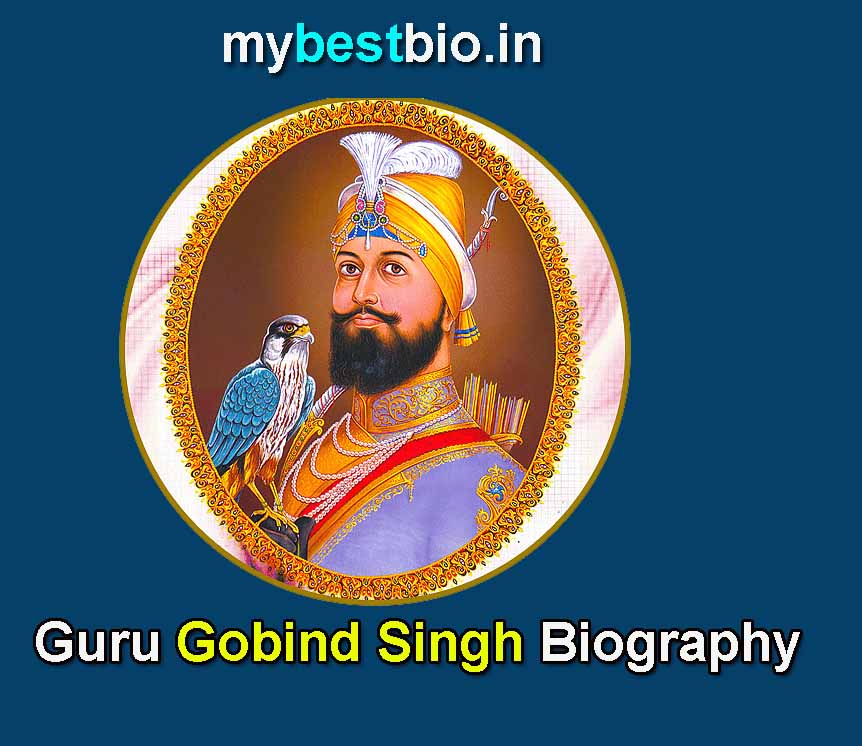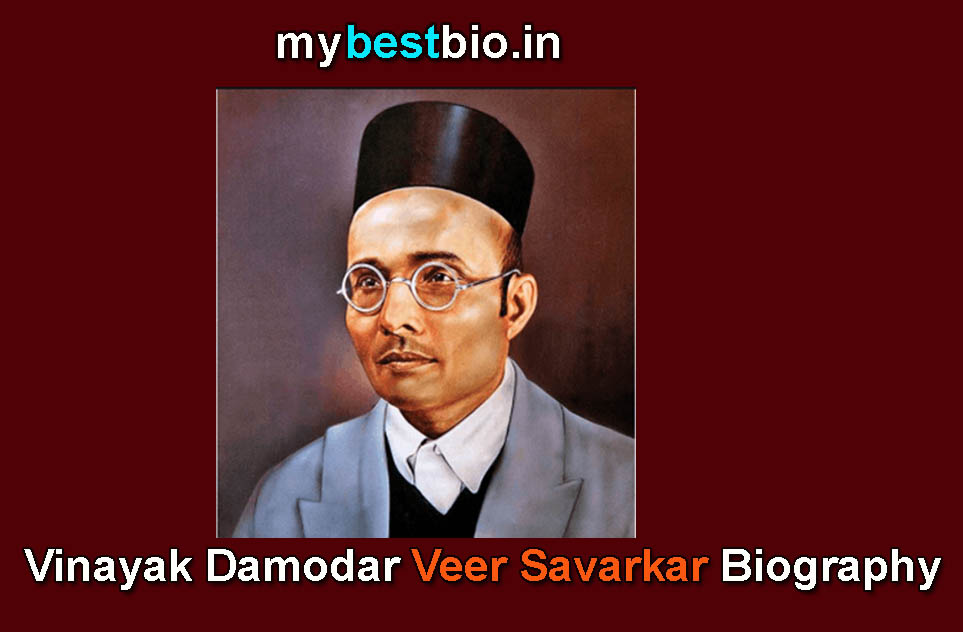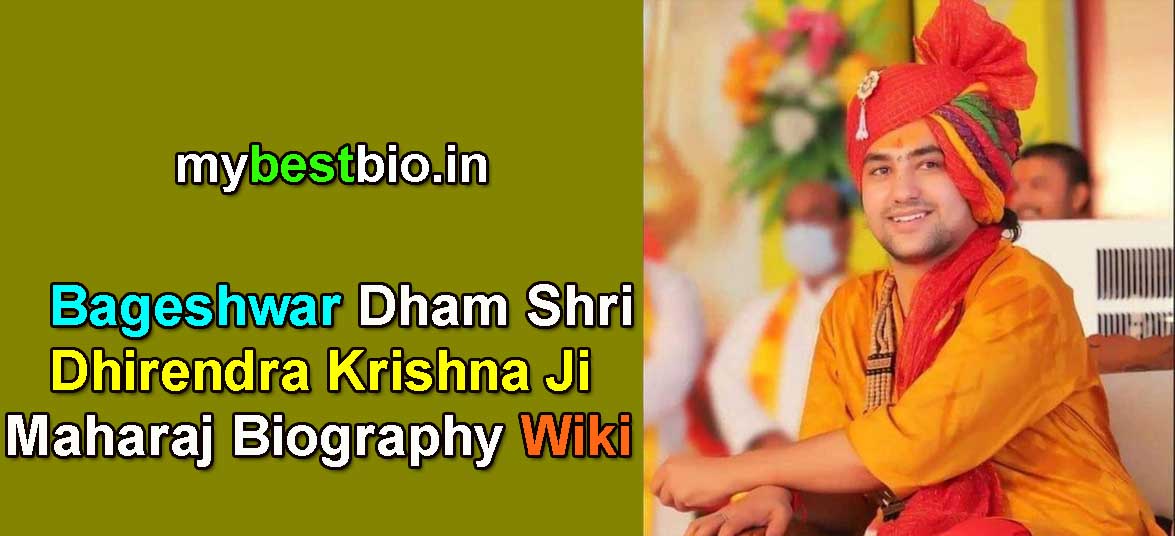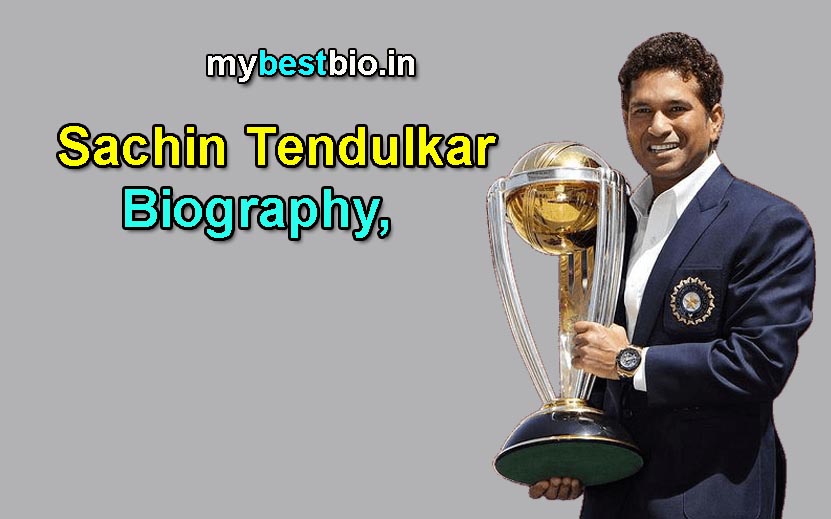Tenth Guru of the Sikhs – Biography of Guru Gobind Singh
Guru Gobind Singh Biography :- Great scholar, great mighty, great saint and spiritual master – the life of Guru Gobind Singh is an immense source of inspiration for all of us. His death anniversary is on 7 October 2017. Let us take this opportunity to learn about his great life and try to follow the path shown by him.

Biography of Guru Gobind Singh
Name – Guru Gobind Singh
Born – 22 December 1666, Patna, Bihar
Death – 7 October 1708
Special – The tenth and last Guru of the Sikhs, the founder of the Khalsa Panth, who collected the teachings of all the Sikh Gurus and completed the Guru Granth Sahib, you are considered a unique confluence of devotion and power.
Famous line said by Guru Gobind Singh –
“Let me fight with the birds. Let me fight with 1.25 lakh, then where should I name Gobind Singh?
sava laakh se ek ladaoon, chidiyan te main baaj tudaoon, tabai guru gobind sinh naam kahaoon
agar aap keval bhavishy ke baare mein sochate rahenge to vartamaan bhee kho denge.
Guru Gobind Singh Biography
jab aap apane andar se ahankaar mita denge tabhee aapako vaastavik shaanti praapt hogee.
main un logon ko pasand karata hoon jo sachchaee ke maarg par chalate hain.
eeshvar ne hamen janm diya hai taaki ham sansaar mein achchhe kaam karen aur buraee ko door karen.
insaan se prem hee eeshvar kee sachchee bhakti hai.
Guru Gobind Singh Biography
achchhe karmon se hee aap eeshvar ko pa sakate hain. achchhe karm karane vaalon kee hee eeshvar madad karata hai.
jo koee bhee mujhe bhagavaan kahe, vo narak mein chala jae.
mujhe usaka sevak maano. aur isamen koee sandeh mat rakho.
Guru Gobind Singh Biography
Guru Gobind Singh Biography
Brief Introduction
The original name of Guru Gobind Singh was Gobind Rai. His birthplace is said to be Patna, Bihar. His father’s name was Guru Tegh Bahadur and his mother’s name was Gujri Devi. The first four years of his childhood were spent in Patna. After that in the year 1670, his family came to Punjab.
About two years later, Guru Gobind Singh’s family moved from there to Chakk Nanak (Anandpur Sahib) in the Shivalik hills of the Himalayas. At this place, he learned primary education, language knowledge and martial arts. Growing up, Guru Gobind Singh followed in his father’s footsteps and protected Kashmiri Hindus from the tyrannical Mughal ruler Aurangzeb. Guru Gobind Singh fought with the Mughals and their allied states in separate wars for about 14 years. And spent his life in the works of human society welfare till he was alive.
Family of Guru Gobind Singh
| Wife’s Name | Marriage Date | Marriage Place | Son’s Name |
| Mata Jeeto | 21 June 1677 | Basantgarh | Jhujar Singh, Zorawar Singh, Fateh Singh |
| Mata Sundari | 4 April 1684 | Anandpur | Ajit Singh |
| Mata Sahib Diwan | 5 April 1700 | Anandpur | No Children |
Special Qualities of Guru Gobind Singh
Sharing spiritual joy among common people, teaching people moral lessons, encouraging and awakening fearful and fearful people to become fearless and mighty, all these were the qualities of Guru Gobind Singh. Guru Gobind Singh was an embodiment of peace, forgiveness and tolerance. He acquired knowledge of Sanskrit, Punjabi, Persian and Arabic languages. Many people believe that –
Guru Gobind Singh Ji was a unique confluence of devotion and power.
Guru Gobind Singh was also known as the one with the blue horse. Because he had a blue horse. He was also a thinker and an excellent poet. He also had a special interest in music. It is said that he invented these musical instruments-
- Taus and
- Dilrubha
How did Gobind Singh become the tenth Guru of the Sikhs?
The father of Guru Tegh Bahadur i.e. Gobind Singh was the ninth religious teacher of the Sikhs. When Kashmiri Pandits were being forced to convert to Islam, Guru Tegh Bahadur ji strongly opposed it and protected the Hindus. He himself refused to convert to Islam. For this reason, he was beheaded by Emperor Aurangzeb of India in the Chandni Chowk extension. After this incident, his son Guru Gobind Singh was appointed the tenth Guru of the Sikhs.
- Guru Gobind Singh Ji was only nine years old when he assumed the title of Dinguru on November 11, 1675.
Khalsa Panth Establishment
The word Khalsa means purity. Only a person committed to social service through mind, word and deed can call himself a Khalsapanthi. Guru Gobind Singh founded the Khalsa Panth in the year 1699. A Khalsa speech by him-
“Waheguru Ji Da Khalsa Waheguru Ji Di Fateh”
was established and at the same time he also established the basic principles of the Khalsa Panth.
The ‘5 Kakar’ or ‘5 Kakkas’ given by Guru Gobind Singh Ji
1. Never cut the hair of your head.
2. Wearing a wooden comb which is considered a symbol of cleanliness.
3. Wearing bracelet in hand.
4. Wearing underwear (briefs) or outerwear pyjamas that come up to the knees.
5. Keeping a kirpan (small sword to protect the poor and oppressed class).
It is called in one line – “Kachha, Kesh, Kirpan, Kangha, Kada”
Chamkaur war – in 1704
One million soldiers of the Mughal imperial army were faced by Guru Gobind Singh with only forty Sikh fighting soldiers. His two sons Jhujar Singh and Ajit Singh were martyred in this fierce battle. Apart from these, two more sons i.e. Fateh Singh and Zorawar Singh were later elected alive in the wall by the enemies. During this incident, his mother Gujari Devi also passed away.
Other major battles:
- 1688 – Battle of Bhangani
- 1691 – Battle of Nandaun
- 1696 – Battle of Guler
- 1700 – First Battle of Anandapur
- 1701 – Battle of Anandpur Sahib
- 1702 – Battle of Nirmohgarh
- 1702 – Battle of Basoli
- 1704 – Battle of Anandapur
- 1704 – Battle of Sarsa
Major Works:
- jaap sahib
- akal ustat
- Bachitra Natak
- Zafarnama
- Khalsa Glory
Last company of Guru Gobind Singh
At the last stage of his life journey, Guru Gobind Singh called Sangat and established the Sikh religious book Guru Granth Sahib on the throne of the Sikh Guru. And said that now no living person will sit on this throne. Then he said that-
In the coming times, the Sikh society has to take guidance and inspiration from the book Guru Granth Sahib only.
Along with this, he taught the Sikh society to help the poor and always behave modestly. Thus Guru Gobind Singh became the last living Guru of the Sikh community.
Names of Panj Pyaro of Guru Gobind Singh Ji
| NO. | Name of Panj Pyaro | Real name of Panj Pyaro |
| 1 | Daya Ram | who is also known as Bhai Daya Singh. |
| 2 | Dharam Das | who is also known as Bhai Dharam Singh. |
| 3 | Himmat Rai | who is also known as Bhai Himmat Singh. |
| 4 | Mohkam Chand | also known as Bhai Mohkam Singh. |
| 5 | Sahib Chand | who is also known as Bhai Sahib Singh. He was the first Sikh. |
Death of Guru Gobind Singh
When Aurangzeb died, Bahadur Shah became the next emperor of India. Guru Gobind Singh also helped him to get the throne. For the same reason, their relations were friendly. Terrified of the friendship between Bahadur Shah and Guru Gobind Singh, Wajid Khan, the Nawab of the border, got Guru Gobind Singh murdered by two Pathans by deceit.
Guru Gobind Singh breathed his last on 7 October 1708 at Nanded Sahib, Maharashtra. The life span of Guru Gobind Singh was 42 years. One of the two killers of Guru Gobind Singh was killed by Guruji himself with his dagger. And the other was killed by the Sikh group. The sharp attack of the dagger on the heart was the cause of his death.
guru gobind singh age
Guru Gobind Singh was born on December 22, 1666 and died on October 7, 1708. He was the tenth and final Guru of Sikhism.
Guru Gobind Singh was the last of the ten Sikh Gurus and was responsible for creating the Khalsa, a group of initiated Sikhs, as well as for composing the Sikh sacred text, the Guru Granth Sahib. He was a spiritual leader, warrior, poet, and philosopher. He fought against the Mughal Empire and the Islamic persecution of Sikhs. He is considered a martyr and is highly revered by Sikhs. He was only 42 years old when he passed away.
The killing of Guru Gobind Singh’s children and the death of Guru Gobind’s mother
Gobind Singh’s mother Mata Gujri and her two younger sons were captured by Wazir Khan, the Mughal governor of Sirhind. His youngest sons, aged 5 and 8, were tortured and then killed by being buried alive in a wall after they refused to convert to Islam, and Mata Gujri collapsed upon hearing of her grandson’s death, and a few He died in due course. His two eldest sons, aged 13 and 17, were killed in the Battle of Chamkaur against the Mughal forces.
Zafarnama letter written by Guru Gobind Singh ji
After the Mughal army and all of Guru Gobind Singh’s children were killed in the Battle of Muktsar, the Guru wrote a defiant letter in Persian to Aurangzeb, titled Zafarnama (literally, “Letter of Victory”). Which later became famous as Zafarnama or Victory Letter, which reminds him of the misdeeds done by the Mughals to the Sikhs.
The Guru’s letter was stern as well as conciliatory to Aurangzeb. The letter predicted that the Mughal Empire would soon come to an end, as it was full of oppression, lies and immorality.
Wars Fought by Guru Gobind Singh ji
Guru Gobind Singh fought 13 battles against the Mughal Empire and the kings of the Shivalik hills.
- Battle of Bhangani (1688)
- Battle of Nadaun (1691)
- Battle of Guler (1696)
- Battle of Anandapur (1700)
- Battle of Anandapur (1701)
- Battle of Nirmohgarh (1702)
- Battle of Basoli (1702)
- First Battle of Chamkaur (1702)
- First Battle of Anandapur (1704)
- Second Battle of Anandapur
- Battle of Sarsa (1704)
- Battle of Chamkaur (1704)
- Battle of Muktsar (1705)
Special
Guru Gobind Singh Biography: Guru Gobind Singh completed it by compiling the teachings of all the Sikh Gurus and collecting them in the book Guru Granth Sahib. Guru Gobind Singh also started the tradition of adding the word Singh to the name of Sikhs. Guru Gobind Singh respected people of all religions and castes and always helped them when needed. At the age of only nine, Gobind Singh inspired his father, Guru Tegh Bahadur, to protect Kashmiri Hindus and make sacrifices.
Compositions of Guru Gobind Singh Ji
- jaap sahib
- akal ustat
- Bachitra Natak
- Chandi Charitra
- Shastra Naam Mala
- write well-known characters
- Zafarnama
- Khalsa Glory
Guru Gobind Singh and the Sikh Scriptures
Guru Arjan, the fifth Sikh Guru, completed the Sikh scripture known as the Adi Granth. It included hymns of previous gurus and saints. The Adi Granth was later expanded as the Guru Granth Sahib.
In the year 1706, Guru Gobind Singh issued a second edition of the religious text with one salok, Dohra Mahala Nau Anga, and all 115 hymns of his father Guru Tegh Bahadur. The recital was now called the Sri Guru Granth Sahib. Sri Guru Granth Sahib was composed by all the previous Gurus and also included the traditions and teachings of Indian saints like Kabir.
Guru Gobind Singh and the Five K’s
Guru Gobind Singh commanded Sikhs to wear five items at all times, including the kesh, kangha, kara, kachera and kirpan. Which a Khalsa has to follow. among these
| NO. | Names of K.S | Meaning |
| 1 | Kesh | uncut hair |
| 2 | Kangha | wooden combs |
| 3 | Kara | bracelet of iron or steel worn on the wrist |
| 4 | Krapal | sword or dagger |
| 5 | Kachera | small raw |
Guru Gobind Singh Biography FAQ
Why did Guru Gobind Singh have 3 wives?
Guru Gobind Singh had three wives, in accordance with the norms and customs of the society of that time. Polygamy was a common practice among the nobility and royal families of the time. He married Mata Sundari and Mata Sahib Kaur when he was just 18 years old and then married Mata Jito when he was 30 years old. He had four sons with these wives, two of whom were martyred with him, and two of whom survived him. Each wife had a different role and significance in Guru Gobind Singh’s life. They were all instrumental in the upbringing and education of his children, and in the running of the households.
How did Guru Gobind Singh died?
Guru Gobind Singh died on October 7, 1708, in Nanded, Maharashtra, India. He was killed by a Pathan assassin, named Jiwan Khan, who was hired by the Governor of Sirhind, Wazir Khan. The Governor was unhappy with Guru Gobind Singh for his efforts to unite and empower the Sikhs against the Mughal Empire. According to historical accounts, Guru Gobind Singh was holding a durbar (court) with his followers when the assassin entered and shot him with a musket. Guru Gobind Singh immediately identified his attacker, and even though he was mortally wounded, he was able to kill the assassin with his own sword.
Was Guru Gobind Singh non vegetarian?
Guru Gobind Singh was a vegetarian. The Sikh Gurus emphasized on the importance of a simple, pure and honest way of living, and a vegetarian diet is considered to be in line with this principle. They also believed that a vegetarian diet is more conducive to a peaceful and meditative state of mind. Guru Gobind Singh ji, like other Sikh Gurus, followed a vegetarian diet and discouraged the consumption of meat. He also encouraged his followers to do the same.
It’s also worth noting that Guru Gobind Singh ji also wrote a letter to his Sikhs (hukamnama) in which he clearly stated that a true Sikh should avoid meat and alcohol.
What happened to Guru Gobind Singh sons?
Guru Gobind Singh had four sons with his three wives, two of whom were martyred with him and two of whom survived him.
His oldest son, Ajit Singh, was killed in the Battle of Chamkaur in 1704, while fighting against the Mughal Empire. His second oldest son, Jujhar Singh, was also killed in the same battle.
His third son, Zorawar Singh, and his youngest son, Fateh Singh, were both executed by the Mughal authorities on the orders of Wazir Khan, the Governor of Sirhind, in December 1705. They were bricked alive for refusing to convert to Islam.
Guru Gobind Singh was deeply grieved by the deaths of his sons and wrote several poems in their memory. Their martyrdom is remembered by Sikhs as an example of the sacrifices made by the Sikhs for their faith and principles.
What was the name of Guru Gobind Singh’s wife?
Guru Gobind Singh had three wives, first wife: Mata Jeeto, second wife: Mata Sundari, third wife: Mata Sahib Devan.
When did Guru Gobind Singh die?
Guru Gobind Singh died on January 5, 1666.
What was the real name of Guru Gobind Singh?
The real name of Guru Gobind Singh was Govind Rai.
How did Guru Gobind Singh die?
Guru Gobind Singh died after being stabbed by Pathans in his sleep.
In which family was Guru Gobind Singh born?
Guru Gobind Singh was born on January 5, 1666 in Patna Sahib, Bihar, India. He was born in the family of Sodhi Khatri and his father was Guru Tegh Bahadur, the ninth Sikh Guru and his mother was Mata Gujri.
When did Guru Gobind Singh Ji leave Anandpur Sahib?
In April 1685, at the invitation of Raja Mat Prakash of Sirmour, Guru Gobind Singh shifted his residence to the town of Paonta in Sirmour State. According to Sirmour State Gazetteer, Guru Ji was forced to leave Anandpur Sahib due to differences with Raja Bhim Chand.
How many sons did Guru Gobind Singh have?
Guru Gobind Singh had four sons namely Jujhar Singh, Zorawar Singh and Fateh Singh (from his first wife).
Ajit Singh (from second wife).
Where did Guru Gobind Singh die?
Guru Gobind Singh died in Hazur Sahib, Nanded, Maharashtra, India.
Which institution was established by Govind Guru?
In 1699, on the day of Baisakhi, he founded the Khalsa Panth (cult), which is considered the most important day in the history of the Sikhs.
How was the Khalsa Panth established?
Guru Gobind Singh Ji founded the Khalsa Panth (cult) on 30 March 1699, on the day of Baisakhi.
Who was the tenth Guru of Sikhs?
Guru Gobind Singh Ji was the tenth Guru of the Sikhs.
Gurbani of Guru Gobind Singh?
Gurbani of Guru Gobind Singh – “Waheguru ji ka Khalsa, Waheguru ji ki Fateh”
What was the name of Guru Gobind Singh’s mother?
Guru Gobind Singh’s mother’s name was Mata Gujri Chand Subhikhi.
Conclusion
Friends, I hope you have liked the blog “Guru Govind Singh Biography |guru gobind singh ji biography, biography of shri guru gobind singh ji”. If you like this blog of mine, then share it with your friends and on your social media account. let people know about it
If you have any feedback, please tell us by going to Contact Us, you can email me or you can follow me on social media, I will meet you soon with a new blog, till then stay on my blog Thank you
Related Posts😍👇





